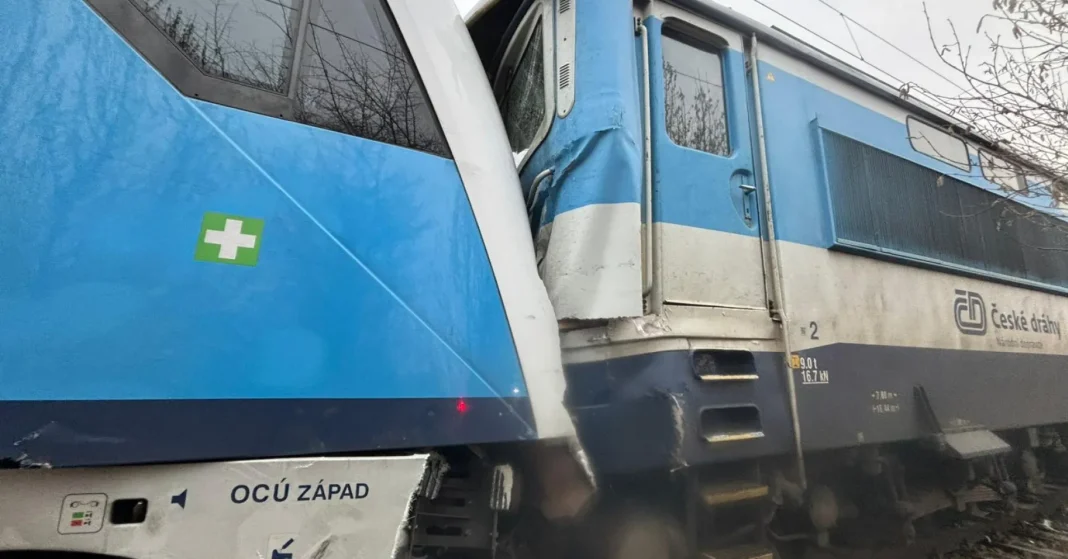The implementation of the European Train Control System (ETCS) in Czechia is seen as a crucial step to enhance rail safety and prevent train collisions. However, despite its potential, plans to integrate this system face significant hurdles.
The Importance of ETCS

The ETCS is a standardized control system designed to ensure safe and efficient train operations across Europe. By providing real-time data and automatic train protection, it prevents collisions and ensures smooth rail traffic management. Implementing this system in Czechia could significantly enhance the country’s railway safety standards.
Currently, Czechia relies on various legacy systems that do not communicate seamlessly, posing potential safety risks. The ETCS would unify these systems, ensuring harmonized operations across national and international lines. This would not only improve safety but also boost the competitiveness of Czech railways in the European network.
Challenges in Implementation

Despite the clear advantages, the implementation of the ETCS in Czechia has faced several challenges. One of the primary obstacles is the high cost associated with the integration of advanced technology into existing infrastructure. Upgrading outdated equipment and training staff requires significant investment, which has slowed progress.
Another impediment is the complex bureaucratic process involved in deploying new railway technologies. Navigating through regulatory requirements and approvals for infrastructure changes has been a lengthy and arduous task for the relevant authorities.
Government and Industry Responses

The Czech government, in collaboration with railway operators, has been working to address these challenges. Efforts include seeking European Union funding to subsidize the high costs of ETCS implementation. There has also been a push to streamline regulatory processes to expedite the approval and integration phases.
Industry stakeholders are calling for increased collaboration between government and private sectors to share both expertise and financial burden. This could involve public-private partnerships aimed at accelerating the modernization of the Czech railway system.
Looking Ahead

The successful implementation of the ETCS is seen as pivotal for the future of rail transport in Czechia. Despite the current obstacles, stakeholders remain optimistic that concerted efforts will eventually lead to full deployment. The ultimate goal is a safer, more efficient railway network that can seamlessly integrate with the broader European system.
The journey towards full implementation of the ETCS may be fraught with difficulties, but its potential benefits make it a priority for Czech railway authorities. This technology promise to transform the nation’s railways, ensuring safety and connectivity in an expanding continental network.
Source: Official European Union Agency for Railways website.





